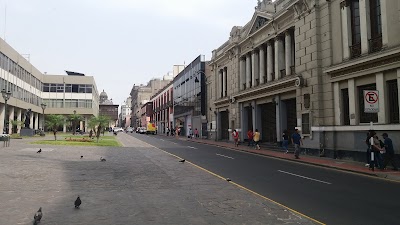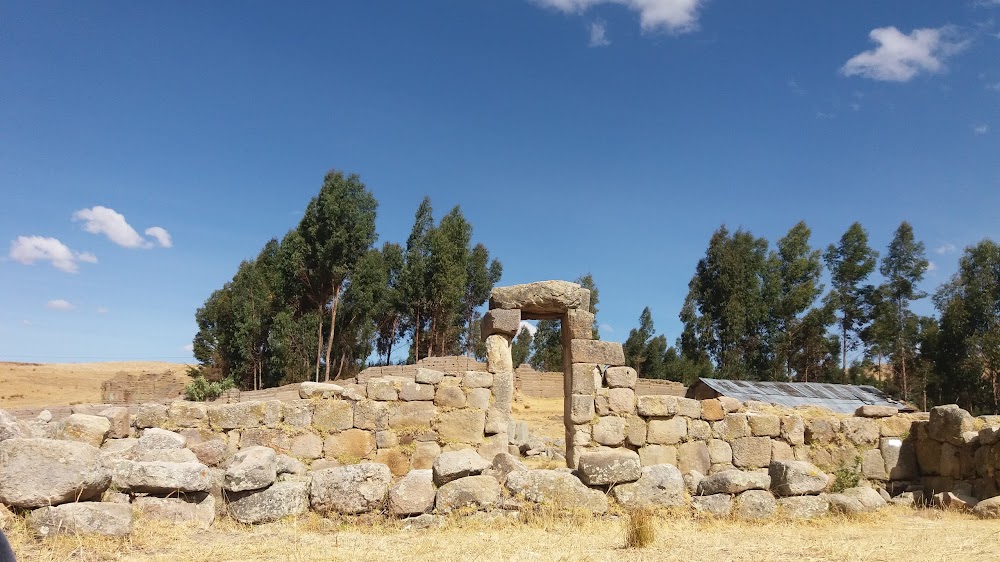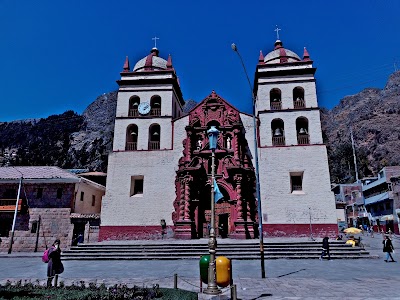Angaraes Bridge (Puente de Angaraes)
Overview
The **Jirón Angaraes**, commonly known as the **Angaraes Bridge**, is a remarkable landmark in the enchanting city of **Huancavelica, Peru**. Nestled in the heart of the **Peruvian Andes**, this city is celebrated for its rich history and stunning landscapes. The Angaraes Bridge serves as a vital connection between various parts of Huancavelica, enhancing both transport and communication.
The bridge's origins can be traced back to the early **20th century**, when the necessity for a reliable crossing over the **Ichu River** became increasingly clear. As trade and population movement surged, it was imperative to establish a sturdy bridge to facilitate the flow of goods and people, especially in a region renowned for its rich mineral deposits and agricultural output.
Construction of the Angaraes Bridge commenced in **1922**, led by a dedicated team of local engineers and skilled laborers. Strategically positioned, the bridge links central Huancavelica with the **Angaraes district**, an area celebrated for its fertile lands and bustling markets. Whenever possible, materials were sourced locally, emphasizing regional craftsmanship and supporting the local economy.
The design of the Angaraes Bridge is a harmonious blend of **traditional Andean engineering** and early 20th-century construction techniques. Built using **reinforced concrete**, a novel material for the region at that time, the workers mixed and cast the concrete on-site. They carefully poured it into wooden molds, shaping the bridge's robust arches and pillars. This innovative use of concrete provided the necessary durability to withstand the harsh weather conditions and the flowing waters of the Ichu River.
Measuring approximately **50 meters** in length and **4 meters** in width, the bridge accommodates both pedestrian and vehicular traffic. Its main structure features three elegant arches that provide essential support while enhancing its visual appeal. The central arch, the largest at about **20 meters** in diameter, is flanked by two side arches of **15 meters** each. These arches were meticulously designed to bear the weight of goods and daily traffic, ensuring the bridge's functionality for decades to come.
The construction process was a testament to the community's resilience, as it required a dedicated workforce to navigate the unpredictable weather of the Andes, including heavy rains and low temperatures. Despite these challenges, the collective determination of the local community led to the successful completion of the Angaraes Bridge by **1924**.
Over the years, the Angaraes Bridge has borne witness to countless significant events, emerging as a symbol of resilience and progress for the city. It has played a crucial role in facilitating the movement of goods, people, and culture, significantly contributing to Huancavelica's economic growth. Local festivals and markets often thrive around the bridge, making it a bustling focal point in the city’s daily life.
In recent years, preservation efforts have been initiated to maintain the structural integrity of the Angaraes Bridge. Engineers and conservationists work hand in hand to ensure that repairs and restorations honor the original construction techniques and materials. This dedication to preservation helps retain the historical significance of the bridge while securing its utility for future generations.
Ultimately, the Angaraes Bridge is more than just a crossing over the Ichu River; it embodies the ingenuity and resilience of the people of Huancavelica. It symbolizes the connection between different parts of the city and serves as a reminder of the profound impact infrastructure can have on community growth. The bridge remains an integral part of Huancavelica’s identity, silently witnessing its history and nurturing its future aspirations.





